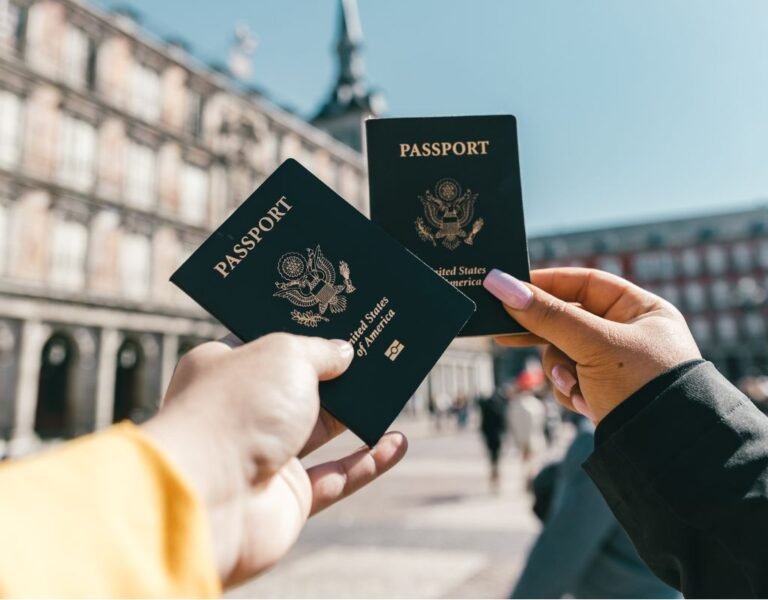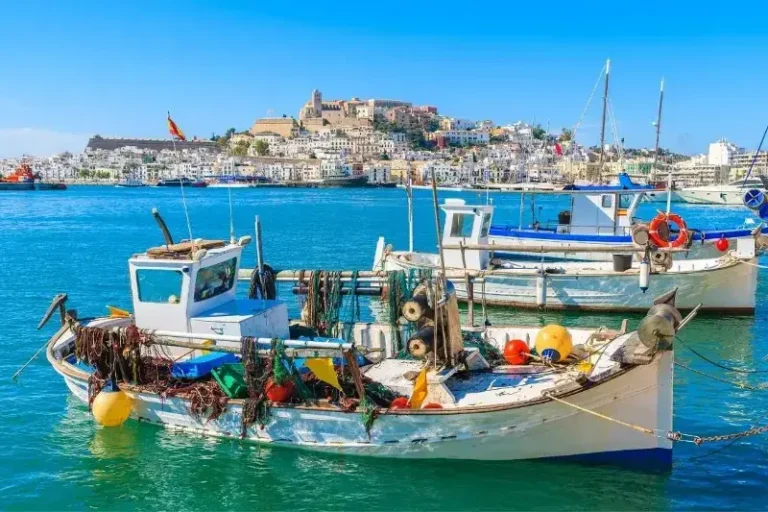11 Pros And Cons Of Living In Colombia In 2025
|
Colombia is a land of contrasts, offering everything from Caribbean beaches to sky-scraping Andean peaks. With its pleasant climate, close-knit expat communities, and a culture that embraces newcomers, it’s easy to see why so many are drawn to this Latin American gem. But life in Colombia isn’t without its hurdles—bureaucratic red tape, congested traffic, and language barriers can pose challenges for those looking to settle here.
So, is Colombia the right place for you to put down roots? Let’s weigh the pros and cons to help you decide if you’re ready to take the leap.

Pros and Cons of Living In Colombia
Many expats are attracted to this country for its stunning landscapes, low cost of living, and welcoming culture. They enjoy the warm weather, outdoor activities, and access to modern amenities.
Some of the cons of living in Colombia include language barriers, expensive private education, and the challenges of getting visas and employment.
👉🏻 Pros
👍🏻 Affordable Cost of Living
One of Colombia’s biggest draws is the lower cost of living compared to first-world nations. Rent, utilities, groceries, healthcare, transportation, and entertainment can be extremely affordable.
That said, expect to pay higher prices for electronics and non-local groceries due to import tariffs. Private education prices are comparable to those in Europe.
👍🏻 Diverse Natural Beauty
Outdoor lovers and adventure enthusiasts will have a blast in Colombia.
Spot butterflies, toucans, and sloths on a jungle trek through the lush foliage of the Amazon. Pull out your binoculars for a fun bird-watching expedition or take a riverboat ride with a local guide.
In the coffee-growing regions, you can tromp through plantations, sampling sweet coffee berries and inhaling clean highland air. Visit national parks, lounge on white-sand beaches in the Caribbean, and hike the vertiginous peaks of the Andes Mountains.
Wild beauty awaits.
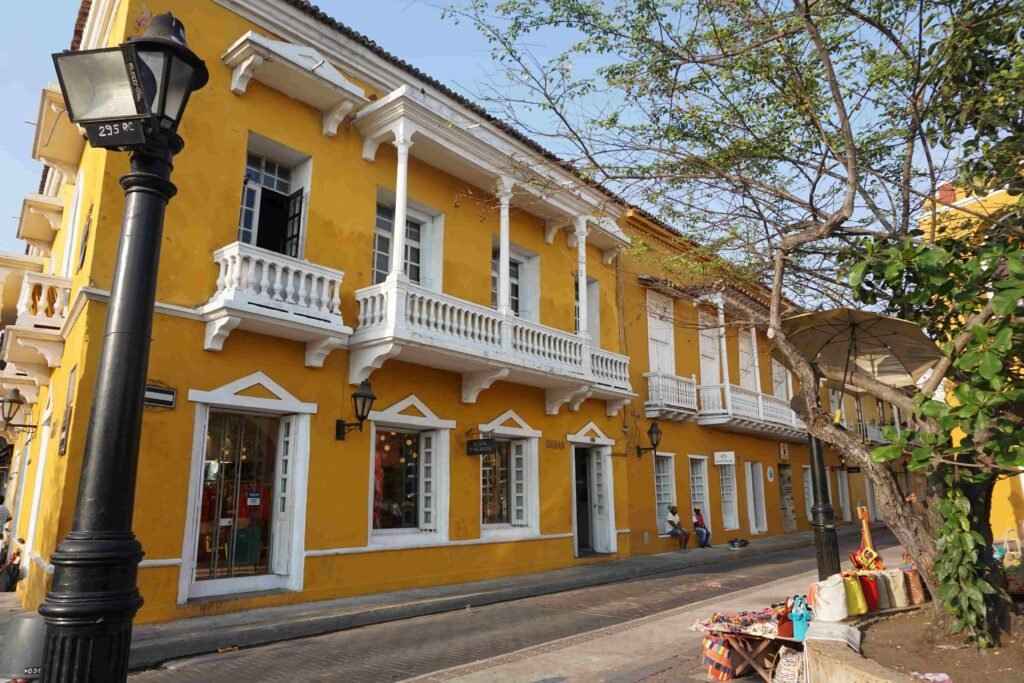
👍🏻 Friendly Locals and Vibrant Culture
Another pro of living in Colombia is the culture. Locals are warm and welcoming. They greet foreigners with friendly smiles and lots of curiosity. It’s easy to start conversations with strangers, make friends with neighbors, and feel a sense of camaraderie.
Colombians also have a deep appreciation for coffee, so if you’re a caffeine-lover, you’ll appreciate this part of the culture. Visit the coffee-growing regions, sip on tinto and café con leche, and discover the growing and production process from start to finish.
Celebrations, festivals, music, and dancing add extra color and texture to everyday life. Some notable festivals to put on your bucket list include the Barranquilla Carnival, the Medellín Flower Festival, and the Cartagena International Music Festival.
👍🏻 Good International School Options
If you’re moving to Colombia with school-age kids, education is an important consideration. Although it’s possible to enroll your kids in public schools, private international institutions offer the best education.
Unfortunately, tuition costs can be high (on par with European prices). If you’re earning a local salary, you may not be able to afford this option. Homeschooling and virtual learning are good alternatives.
👍🏻 Improved Safety in Many Areas
For many years, Colombia had a terrible reputation for safety due to drug cartels, guerrilla warfare, and the infamy of Pablo Escobar. Political instability also impacted people’s sense of security.
The good news is that safety has improved dramatically in certain areas of Colombia, such as Medellein. Just be sure to take precautions and choose your neighborhood with care.
👍🏻 Great Weather
People have vastly different preferences when it comes to weather, but if you’re looking for a place on the warmer end of the spectrum, this South American country is a solid choice. Temperatures remain consistent year-round, varying not by season but by elevation. So all you have to do is choose a region with your favorite climate.
As a rule, the closer you are to sea level, the more hot and humid the weather, whereas the mountainous areas offer cooler weather the higher you go.
For tropical heat, Santa Marta and Cartagena are the places to go. Temperatures here are often in the 90s. For temperatures in the mid to high seventies, opt to live in Medellín, Bucaramanga, Pereira, and Armenia. Bogotá, Rionegro, Manizales, and Salento are a bit cooler, with daytime averages in the sixties to low 70s.
👍🏻 Thriving Digital Nomad and Expat Community
The biggest expat magnets in Colombia are Bogotá, Medellín, and Cali. These thriving centers of commerce and culture are great places to meet and connect with others
Medellín has an especially active community for locals and expats alike, offering scads of meetup opportunities from coworking sessions to board game clubs to hiking groups.
Registering with Inter Nations is another way to get to know people when moving to Colombia.
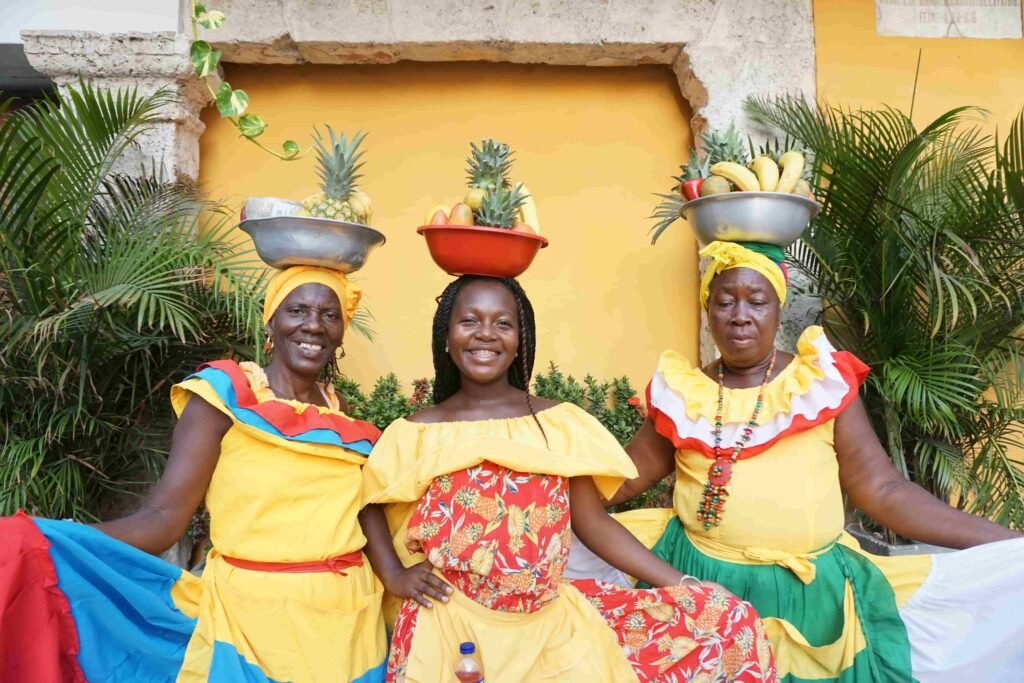
👉🏻 Cons
👎🏻 Traffic and Transportation Challenges
If you live in one of Colombia’s big cities, traffic is going to be one of the biggest hassles you encounter. Flocks of motorcycles lane-splitting and fighting for space make the roads dangerous too.
Drive defensively, and if you can, find lodging as close as possible to your employment. Much of Colombia is designed to be walkable, with everything you need nearby. If you can eliminate the need for a commute, you’ll be good to go.
If you end up in Bogotá make use of its vast bike lane network, perfect for cycling fanatics and bike commuters.
Medellín’s metro system offers a cheap and efficient way to bypass bumper-to-bumper traffic.
👎🏻 Language Barrier and Cultural Adjustments
Although some people speak English in Colombia, Spanish is essential. Without language proficiency, it will be hard to navigate daily life, understand your legal obligations, get healthcare, make friends, and pay your bills.
Make learning the language a priority, and find someone who can act as a cultural interpreter, helping you understand the norms and customs of your new home.
👎🏻 Inconsistent Infrastructure in Smaller Towns
Bogotá and Cali have extensive bus systems, and everyone raves about the Medellín metro. But that kind of infrastructure isn’t available everywhere. Smaller cities, towns, and rural villages can be vastly different. Internet, municipal water, and electricity may be unreliable.
Extra water tanks, generators, solar power supplies, and batteries can help your life run more smoothly.
👎🏻 Economic and Bureaucratic Challenges
Getting a visa can be a long and fraught process. Finding employment and getting official documents like driver’s licenses or Colombian IDs can be time-consuming. Patience and perseverance are essential skills, and a sense of humor will come in handy.
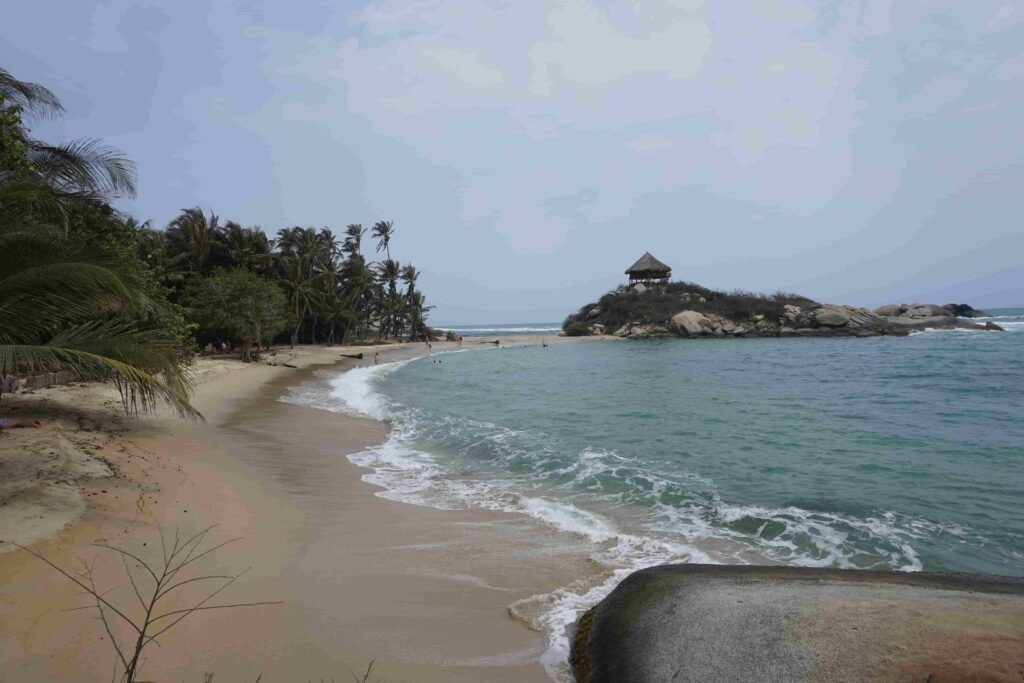
Best Places To Live In Colombia
Now that we’ve covered the pros and cons of living in Colombia, let’s zero in on the best places to settle.
📍 Bogotá
Colombia’s capital city is a fantastic place to live if you like urban life and spring-like temperatures. Here, you’ll be in the center of the action. Bogotá is the beating heart of the country’s finances, politics, and culture.
Enjoy a relatively low cost of living compared to cities in the U.S., great cuisine, abundant parks, cultural events, and plenty of nightlife.
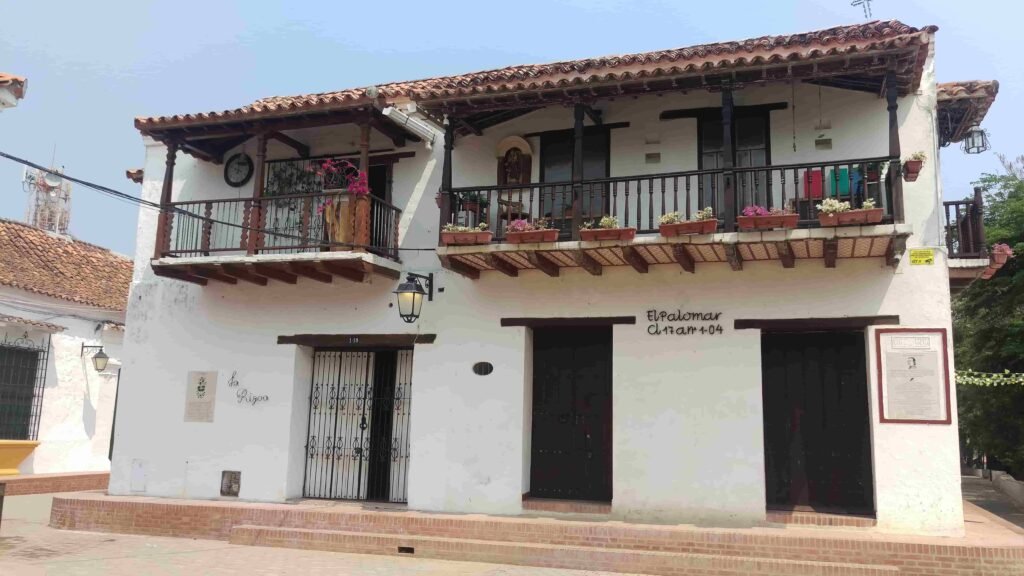
📍 Medellín
Medellín is a favorite among expats who prefer temperatures in the mid-to-high 70s. This city has a strong expat community and is perfect for digital nomads, families, and retirees. It is famed for its fashion industry but is also a rising tourist attraction.
Choose a safe neighborhood and get involved with the MDE Medellín community.
📍 Cartagena
Beach and history buffs will fall in love with Cartagena, a port city on Colombia’s Caribbean coast. It is colorful, colonial, and laidback. This tourism hotspot is known for its UNESCO World Heritage Sites, beautiful beaches, and educational institutions. The weather here is hot and humid.
If you’re looking for work opportunities, consider developing real estate or getting involved in education or tourism.
📍 Bucaramanga
Bucaramanga has been called Colombia’s most underrated city. It is packed with green areas, parks, art exhibits, and universities. The weather is cooler since it is on an Andean plateau. It’s a great place to relax and retire, but if you’re into nightlife, you can find it too.
📍 Cali
Santiago de Cali, affectionately called Cali, is a favorite among digital nomads and party-lovers. Its nightlife, warm weather, and low cost of living make it attractive. Outdoor enthusiasts will enjoy the nearby beaches and national parks.
📍 Santa Marta
If you prefer a less touristy version of Cartagena, check out Santa Marta. It is four hours along the coast and is a favorite among Scuba divers and adventurers. Hiking, swimming, and water activities abound.
Santa Marta is a great place to relax on the beach, eat seafood, and meet up with other Spanish language learners.
📍 Pereira
If you’re a coffee fanatic, settling in Colombia’s coffee-growing region could be a dream come true. Pereira offers amazing scenery, modern amenities, and easy access to regional attractions such as regional parts, coffee plantations, and nature sanctuaries.
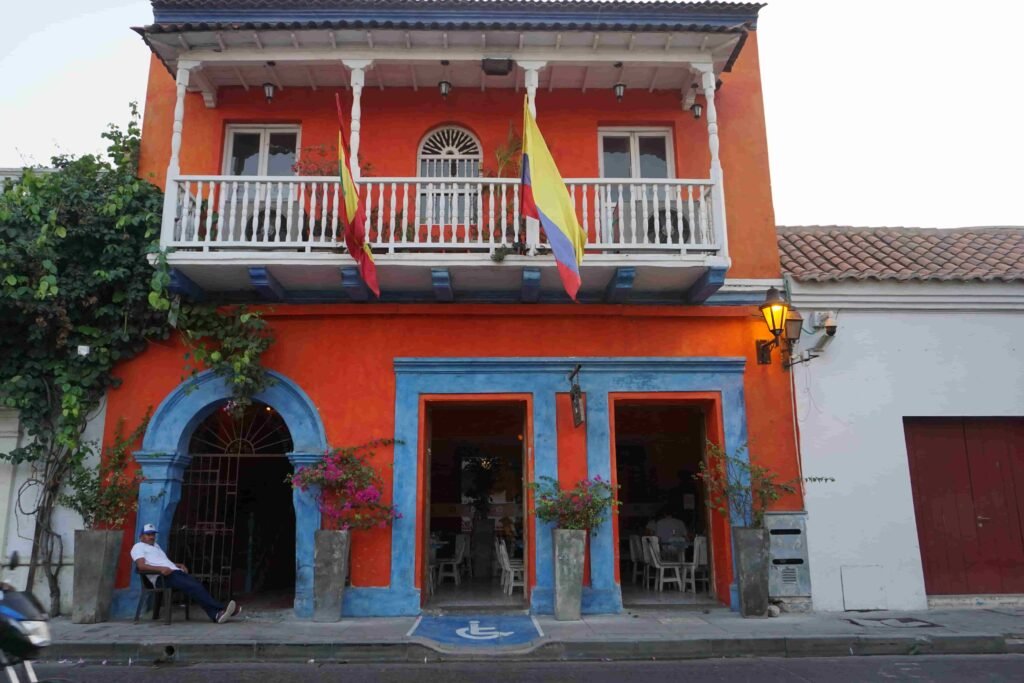
Is It Expensive To Live In Colombia?
Living in Colombia is generally cheaper than in Western nations. Not everything is cheaper, but rentals, local groceries, and utilities are all affordable. Health insurance, transportation, household help, and entertainment are also accessible.
According to International Living, a person can live comfortably in Colombia for a little over $1000 a month.
Private education can eat up a significant portion of your income, though, as some international schools charge about 450 USD per child per month. Keep this in mind if you have kids.
Health Insurance plans generally cost between $100 and $200 per month, but may offer significantly better coverage than you could find elsewhere.
Here are the approximate costs of life in Colombia from Half Digital Nomad:
Apartment Rental: $400 to $800 per month depending on location
Groceries: $150 to $250 per month
Utilities (Gas, Water, Electricity): $50 to $100 per month
Cellphone: $15 to $30 per month
Internet: $20 to $40 per month
Car Rental: $30 to $50 per day
Housekeeper: $10 to $15 an hour
Public Transportation: $0.70 to $1.50 per ride
Gym Membership: $20 to $40 per month
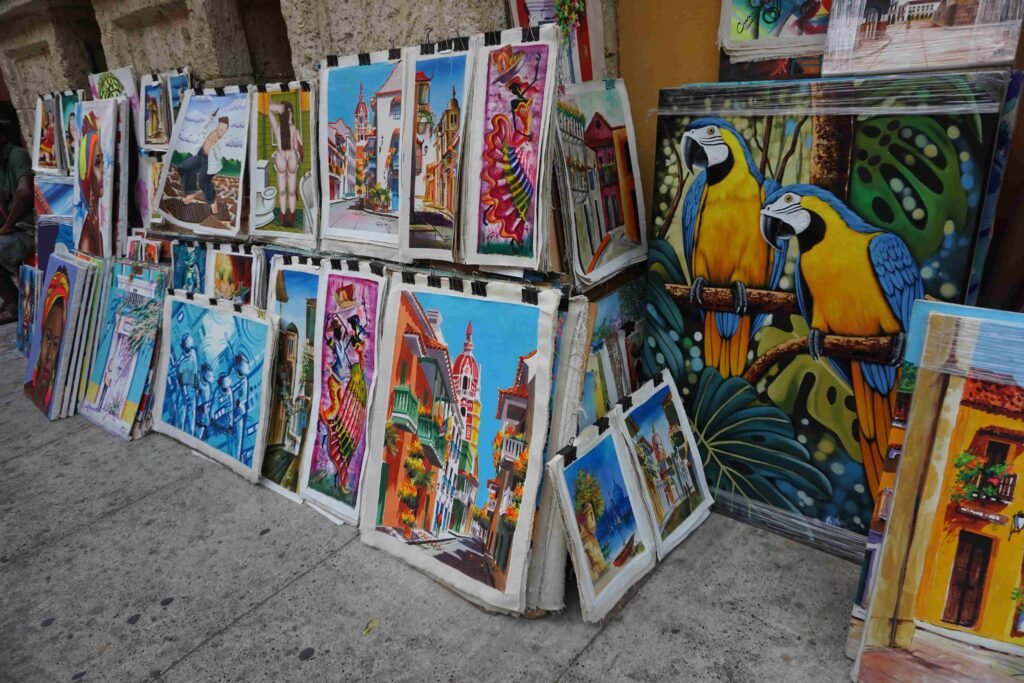
Frequently Asked Questions About Pros And Cons of Living in Colombia
Yes, many expats love living in Colombia. They are drawn by the diverse and beautiful landscapes, the low cost of living, and the friendly and vibrant culture. The country is making strides in safety, and major cities like Medellín and Bogotá have world-class healthcare and efficient mass transit systems.
Yes, American citizens can live in Colombia. They can apply for various types of visas, including investment, retirement, and digital nomad visas. Many Americans choose Colombia for its affordable living, excellent healthcare, and great weather. U.S. passport holders can also enter the country visa-free for up to 90 days.
Living well in Colombia depends on your lifestyle and location, but many expats report that $1,500–$2,500 per month is sufficient for a comfortable life. This budget typically covers rent, utilities, food, healthcare, and entertainment activities. If you want a higher-end lifestyle with upscale dining, travel, and a ritzy house, you may need to budget $3000 or more.
Several thousand British people live in Colombia. There were about 3,500 British residents in 2019, with many more coming in as tourists. That number is likely higher now.
Conclusion
Colombia is known for its amazing landscapes, great weather, thriving expat communities, and a rich and welcoming culture. However, red tape, traffic, and language barriers can make life more difficult.
Now that we’ve weighed the pros and cons of living in Colombia, what do you think? Are you ready to pack your bags?
Hello and Welcome!

We started our family travel blog in hopes of supporting other families move abroad and travel the world. Through straightforward, sincere and supportive information we hope to provide a reliable guide for those moving overseas with a family and traveling the globe.



